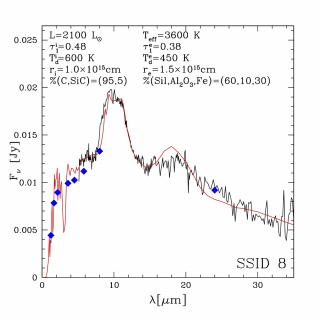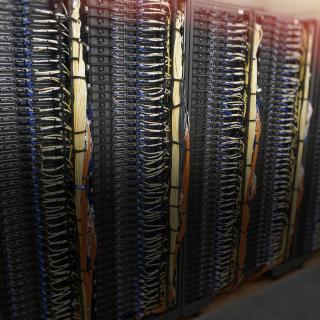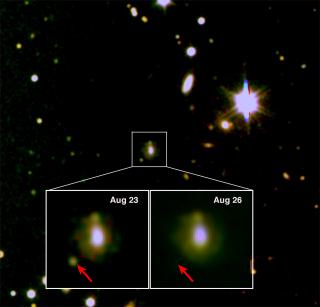
The spectrum acquired by GTC of interstellar comet C/2019 Q4 (Borisov) reveals that this object has a surface composition not unlike that found in Solar System comets. Shortly before dawn on September 13th, Julia de León, Miquel Serra-Ricart, Javier Licandro, all members of IAC's Solar System Group, and Carlos Raúl de la Fuente Marcos, from the Complutense University of Madrid, obtained high resolution images and visible spectra of comet C/2019 Q4 (Borisov) using the OSIRIS instrument at the 10.4m GTC, installed in the Roque de los Muchachos Observatory (Garafía, La Palma). Observations were




